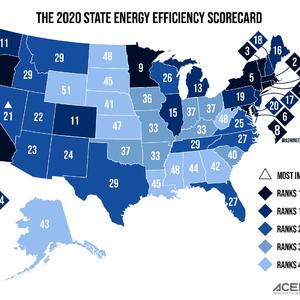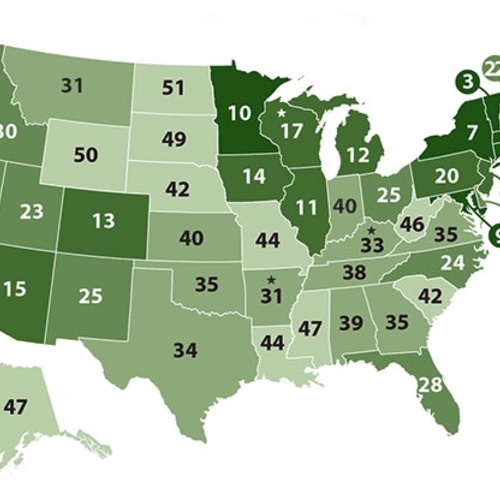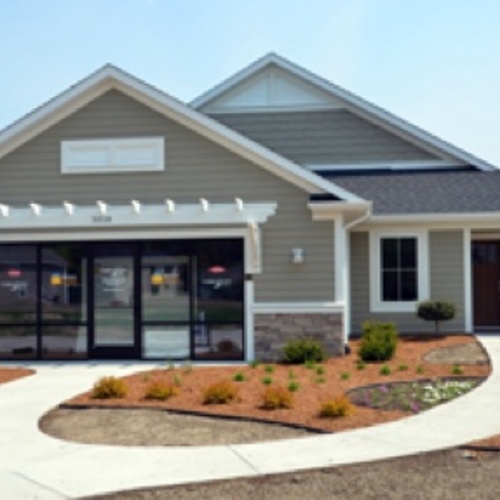
There’s a slightly competitive tone to last week’s announcement by Massachusetts’ department of Energy and Environmental Affairs that the state has established new energy efficiency standards and, to help meet those standards, will commit about $2.2 billion to home energy audits, weatherization, and appliance rebates.
With a quote by Steven Nadel, executive director of the American Council for an Energy Efficient Economy, an EEA press release about the standards conveys a bit of throw-down-the-gauntlet enthusiasm for the program: “With approval of this plan,” Nadel says, “Massachusetts moves ahead of the pack relative to most other states. By 2012, it is likely that Massachusetts will be number one in terms of per capita commitment to energy efficiency programs.”
It certainly would be welcome news if that enthusiasm turns out to be contagious. Formulated in compliance with the state’s Green Communities Act of 2008 and approved by its Department of Public Utilities after long negotiations with the Commonwealth’s investor-owned electric and natural gas utilities, the standards call for a statewide 2.4% reduction in electricity use and 1.15% reduction in natural gas use over a three-year period. To help meet those goals, the plan includes the $2.2 billion commitment from the utilities, which, a recent story in the Boston Globe notes, will be paid for through third-party financing, revenue from the state’s participation in carbon credit auctions, an existing energy efficiency charge on utility bills, and a modest rate increase for customers.
Soothing some of the sting of rate increases, the EEA says, will be the long-term efficiency improvements gained from the program’s audit, weatherization, and appliance-rebate components – an estimated $6 billion in efficiency-related savings over the three-year period.
Just as pertinent is the program’s job-creating potential. As a New York Times blog on the subject points out, a study by advocacy group Environment Northeast indicates that implementing the plan and doing all the field work required could generate as many as 25,000 new jobs.
Later this month, the EEA will launch a redesigned website – http://www.masssave.com – providing information about all of efficiency programs serving utility customers in the state.
Weekly Newsletter
Get building science and energy efficiency advice, plus special offers, in your inbox.















0 Comments
Log in or create an account to post a comment.
Sign up Log in